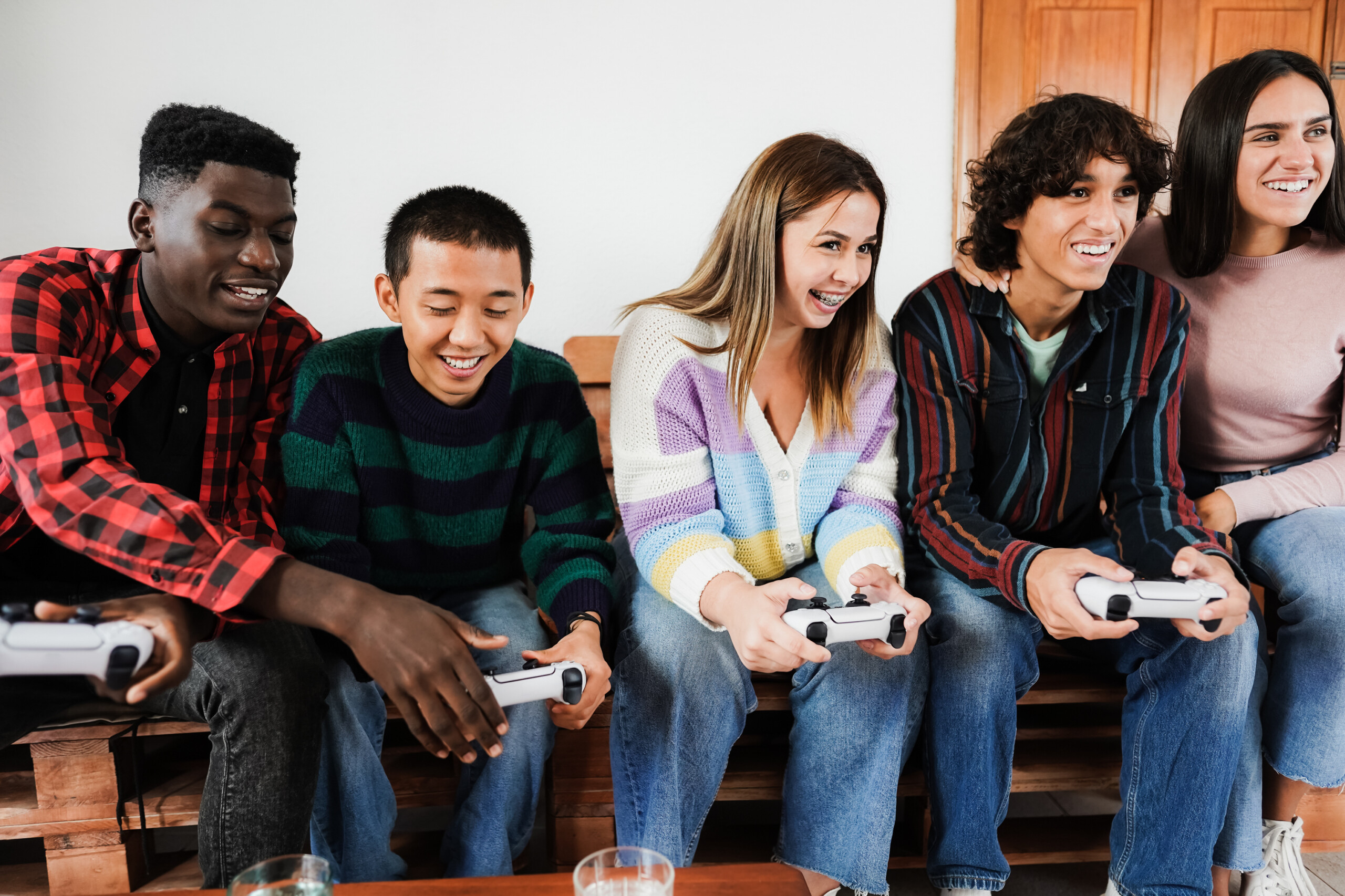
Dispelling myths around youth gambling
Explore a few common myths and facts related to youth gambling.
By YMCA Toronto
When it comes to gambling, there are many misconceptions — and perhaps the biggest one is that youth don’t (or can’t) gamble. That’s because we often associate gambling with playing poker or blackjack in a casino. But gambling takes many different forms.
In fact, 68 per cent of Ontario youth said they participated in a gambling activity in the past 12 months, according to YMCA’s Youth Gambling Awareness Program (YGAP) Youth for Youth Digital Media Awareness Campaign in 2020.
YGAP defines gambling as “risking something of value in a game and not knowing if you’ll win or lose.” Youth gambling might involve placing bets on dares or challenges, buying raffle tickets, playing claw machines, or sports betting with friends. It also includes loot crates (where you use in-app or real currency to open a virtual crate, chest or card pack for a surprise feature inside).
Myth: Youth don’t experience problems with gambling
While it’s a myth that youth don’t gamble, it’s also a myth that youth don’t experience problems with gambling: The rate of problem gambling is two to four times higher for youth when compared to adults.
According to the 2019 OSDUHS Mental Health and Well-Being Report, four percent of secondary school students indicate signs of a low to moderately severe gambling problem and two percent of secondary school students indicate a high-severity gambling problem.
Myth: Gambling is about money
It’s also a myth that gambling is only related to money. For some people, it’s an escape. “If they have a lot of stress in their life, that could potentially impact how much or how often they gamble,” says Dua Fatima, Youth Outreach Worker with the YMCA of Greater Toronto. “It can also be a social activity.”
Think of a university student finishing their last round of exams and going to the casino with friends to blow off steam. They’re worn out and tired of studying; they want to unwind with friends. Going to a casino may be a way to socialize and also push away some of those persistent, nagging thoughts, such as “Did I get that last question right?” or “I hope I can pass this final course.” Hopefully they’ve also got a little YGAP voice in their head also saying, “set a budget!”
Myth: Gambling is a choice
A commonly held belief is that gambling is a choice you can stop at any time. Choosing whether to bet or not is a choice for people who occasionally gamble without any problematic behaviour. However, for those experiencing problems with gambling, it’s not a choice.
“It can be hard for families and friends to understand why someone they love can’t stop doing something that’s hurting them,” says Herod. “Dependency or addiction actually changes the way our brain works, making it very hard to ‘just stop’”.
With gambling, any sort of win gives us a rush of dopamine and adrenaline – making us feel happy and excited. We can also see this same process happening in the brain when using substances like cocaine. SOURCE: National Institute on Drug Abuse for Teens, Addiction Is a Disease, The NIDA Blog Team March 2016, www.teens.drugabuse.gov/blog/post/addiction-disease
Myth: There’s no way to treat a gambling problem
On the flip side, there’s also a myth that someone experiencing problems with gambling will always have problems with gambling. “But there are a lot of treatments available to help people recover from their gambling habits,” says Fatima. That includes everything from peer support programs, to out-patient and in-patient programs, as well as support from parents and loved ones.
At YGAP, youth outreach workers share lived experiences, including testimonials from people who’ve struggled with gambling and how it progressed differently for each of them — and how they got help in different ways.
Getting help
“There’s a lot of stigma behind reaching out for help,” says Fatima. And not every treatment will work for every person. “But just because some programs weren’t effective, it doesn’t mean other programs won’t be. If one doesn’t work, maybe another will.”
Another myth has to do with recurrence of gambling, formally known as relapse. “Once you’re seeking treatment, recurrence is very common during the recovery process. This should not be seen as a sign of failure but instead, a normal part of the recovery process. About 80 to 90 per cent of individuals experience episodes of recurrence within the first year, according to the NCPG,” says Fatima. “Understanding that can help to put things in perspective and to destigmatize gambling.”
Visit YGAP’s website or contact a YGAP Youth Outreach Worker in your region if you would like to book a free workshop and learn more about some of the other myths and misconceptions around gambling.




